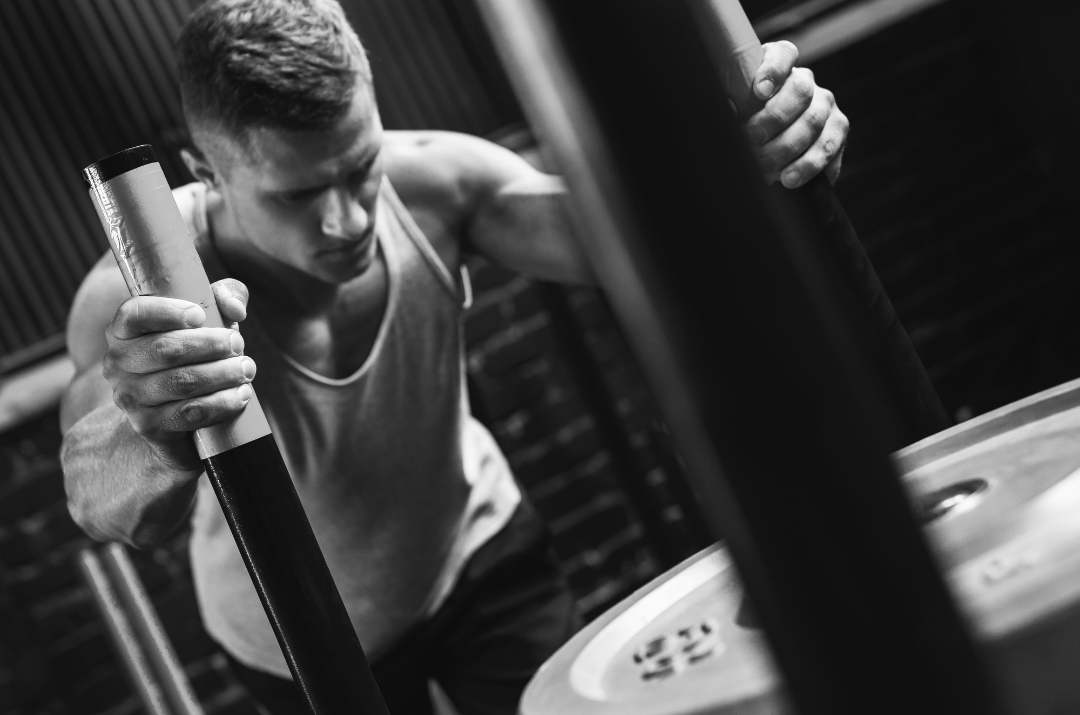Soft tissue injuries are a common occurrence when exercising, playing sport and during recreational activities. These injuries can be the result of a sudden unexpected or uncontrolled event like stepping onto uneven ground and rolling over your ankle. They could also occur from a sudden increase in your training volume where the tissues become overloaded. Soft tissue injuries may include joint sprains, muscle and ligament tears and tendons issues. These are injuries that we see every day at our clinics at Bend and Mend and we have the expertise to help you to return back to full function.
The first 72 hours following an injury is known as the acute phase with common symptoms being pain, swelling, redness, stiffness and a loss of function. The main focus during this period is protect the injured tissues from further damage, reduce pain and promote the healing process.
Two acronyms can guide us on what to and what to avoid in the initial 72 hours following a soft tissue injury – POLICE and HARM
 What to do in the first 72 hours following a soft tissue injury? – POLICE
What to do in the first 72 hours following a soft tissue injury? – POLICE
Protect the injured tissues through the use of crutches, braces or strapping.
Optimal Loading will promote the healing process of the injured tissue and reduce joint stiffness and muscle weakness. Optimal loading will be based on the person and their injury. Your physiotherapist will be able to guide you regarding what is optimal loading for your injury.
Ice can reduce swelling and pain. Apply ice wrapped in a damp towel for 15 minutes several times per day for the first week.
Compression can help reduce swelling following an injury. Compression should only be used during the day.
Elevation can help reduce swelling and pain. Try to get the injured area raised above the heart to allow for optimal results.
What to avoid in the first 72 hours following a soft tissue injury? – HARM
Heat may cause the blood vessels to dilate leading to increased bleeding and swelling.
Alcohol may increase bleeding and slow the healing process.
Re-injury through increasing activity too quickly may result in a delay in recovery time.
Massage may increase bleeding and swelling.
How can Physiotherapy help your soft tissue injury?
During the first appointment your Physiotherapist will provide a comprehensive assessment of the injured area to confirm the diagnosis and the expected healing time. Once the initial acute stage of swelling and pain has started to settle your body starts the repair work which marks the start of the sub-acute phase. During this phase your Physiotherapist will be able to guide you in restoring the injured areas range of movement, strength, improve the movement control and ultimately guide you back to full function.
If you have an Acute Injury and need further advice come in and see one of our Sports Physiotherapists at Bend + Mend in Sydney’s CBD.





